The Art Deco Monument That Defined New York’s Skyline
Between steel, light, and history, the Chrysler Building is an icon that still sets the pace for urban elegance
Visiting the Chrysler Building is much more than admiring a skyscraper — it’s embarking on a journey back in time to 1930s New York, when the city was living through the golden age of Art Deco architecture. Erected in the heart of Manhattan, this vertical monument is proof that beauty can be as functional as it is timeless. From every angle, with each glint of light on its stainless steel spire, the building reveals a story of ambition, ingenuity, and style that made it one of the most admired structures in the world.
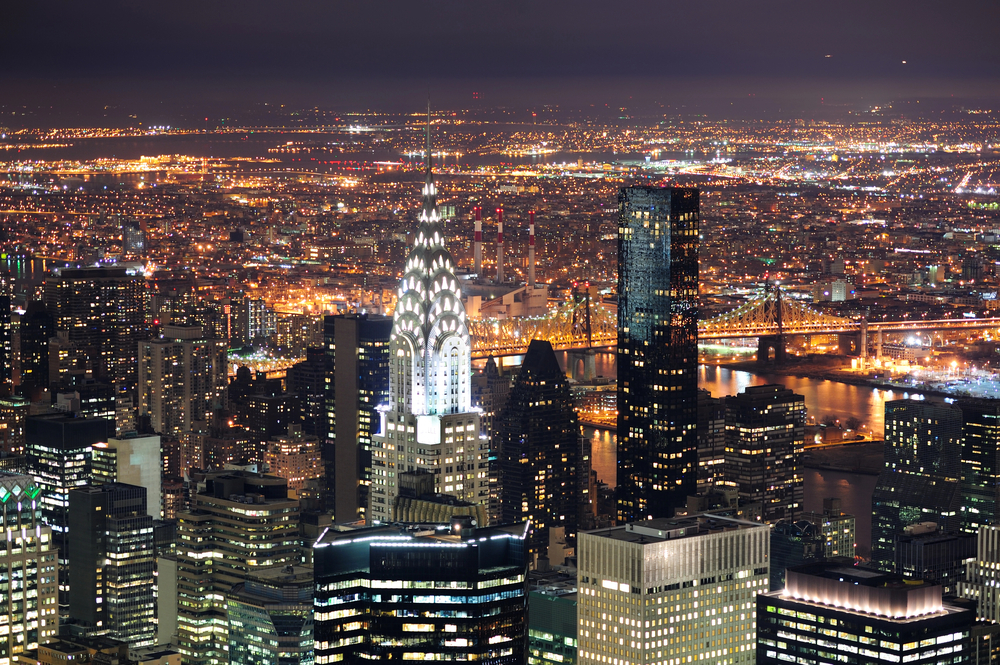
In 1930, the Chrysler Building claimed the title of the world’s tallest building, reaching 319 meters. However, this reign lasted only 11 months, until the completion of the Empire State Building. Brief, yet enough to mark the beginning of an era in which verticality became a symbol of progress and power.
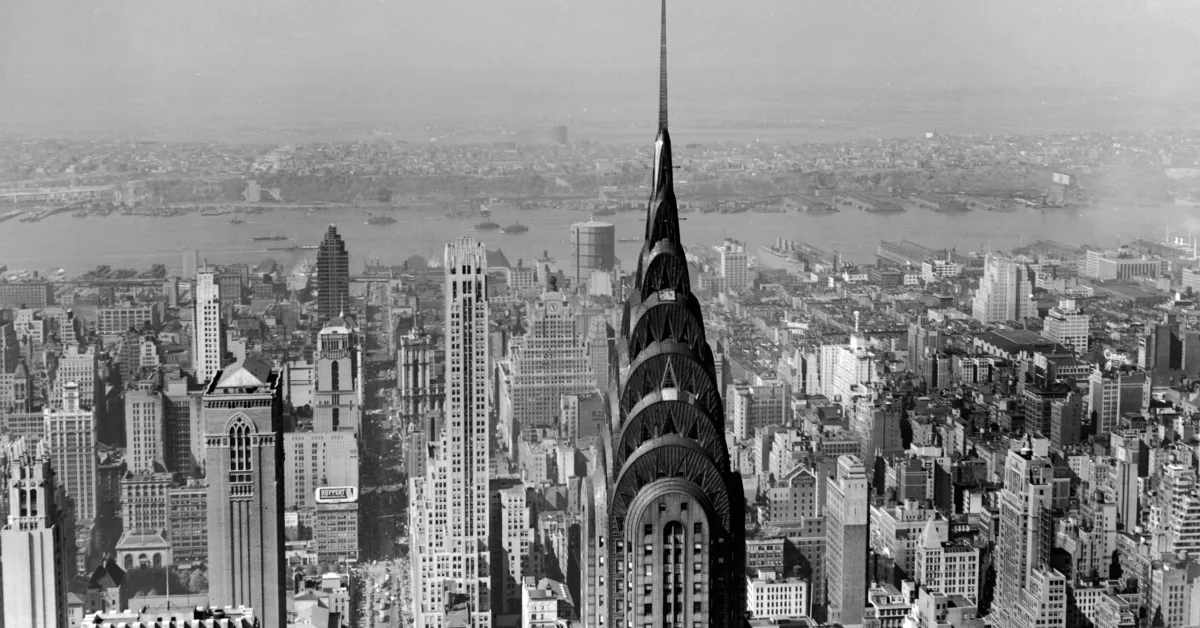
Part of this triumph is due to its bold and strategic construction. The spire, today one of New York’s most photographed elements, was assembled in secret inside the tower. In an almost cinematic maneuver, it was installed in just 90 minutes, ensuring that the Chrysler outpaced its rivals in the race for the sky.
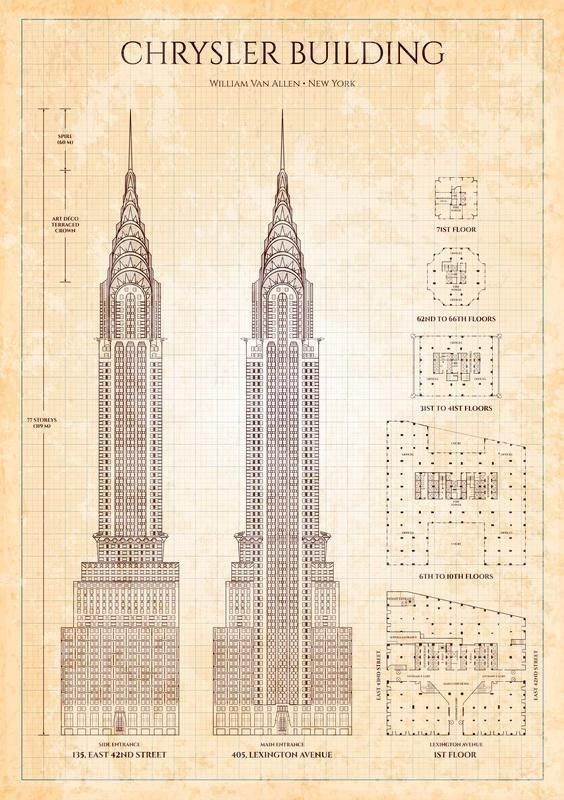
What few know is that the building’s aesthetics are also a tribute to the automotive industry. Walter Chrysler, the automaker’s founder, commissioned the building not just as a corporate headquarters, but as an architectural manifesto. On the façades, gargoyles inspired by 1929 automobile hood ornaments and details reminiscent of radiators and mechanical parts celebrate the era’s spirit of innovation.
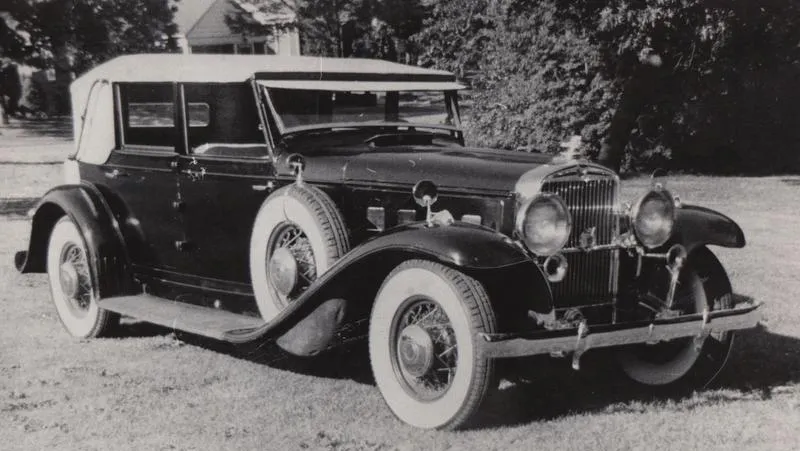
And, unlike many grand projects of the decade, the Chrysler Building did not receive public support. Walter Chrysler entirely financed the project, seeing it as a personal legacy he wanted to leave to his children — a gesture that turned the building into a symbol of independence and entrepreneurial vision.
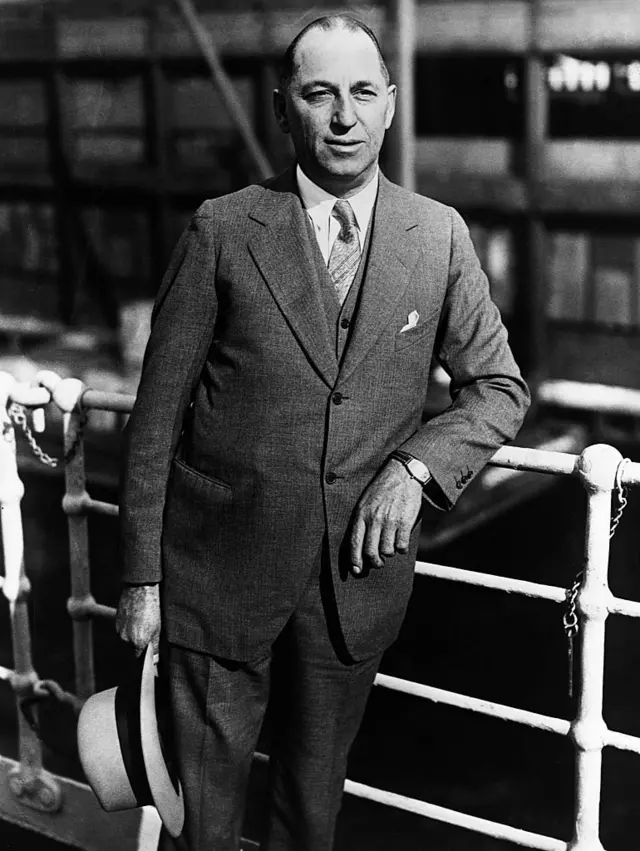
Those who pass through its doors discover that the beauty is not only on the outside. The lobby is an Art Deco spectacle, with rare marbles, exotic woods, and a monumental mural depicting humanity’s technological ascent. There, every inch was designed to convey a sense of movement, modernity, and sophistication.
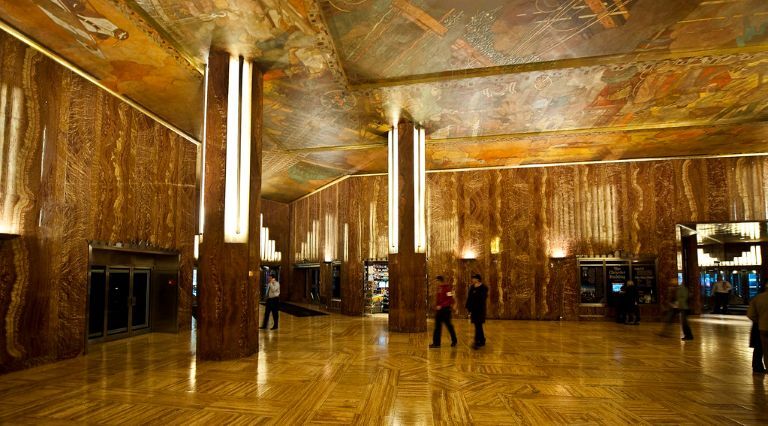
Another fascinating detail is that the Chrysler Building has never lost its status as an architectural icon. Unlike many skyscrapers of its generation, it has never been demolished, drastically remodeled, or overshadowed by passing trends. Its silhouette, with layered arches and triangular windows, remains one of the most recognizable profiles on the New York skyline — and, to many, the most beautiful.
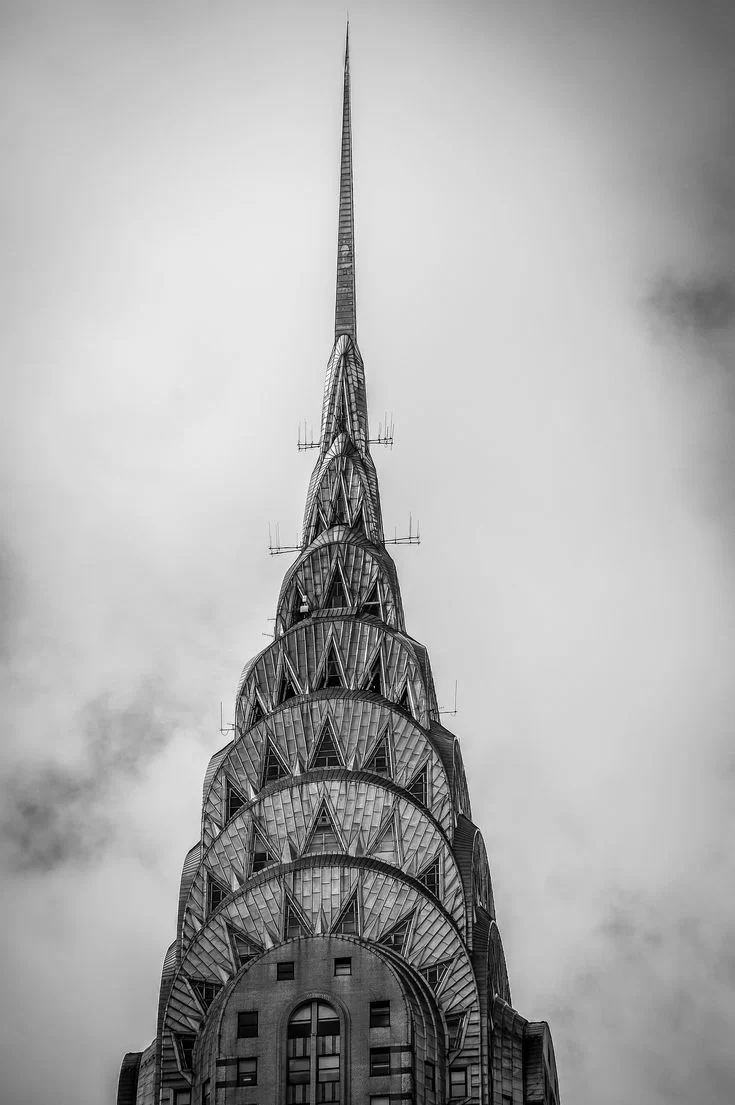
Today, even surrounded by glass and steel towers competing in height and technology, the Chrysler still holds a special place in the collective imagination. It is the kind of building that reminds us that architecture is not just engineering, but also poetry made of lines, proportions, and intentions.
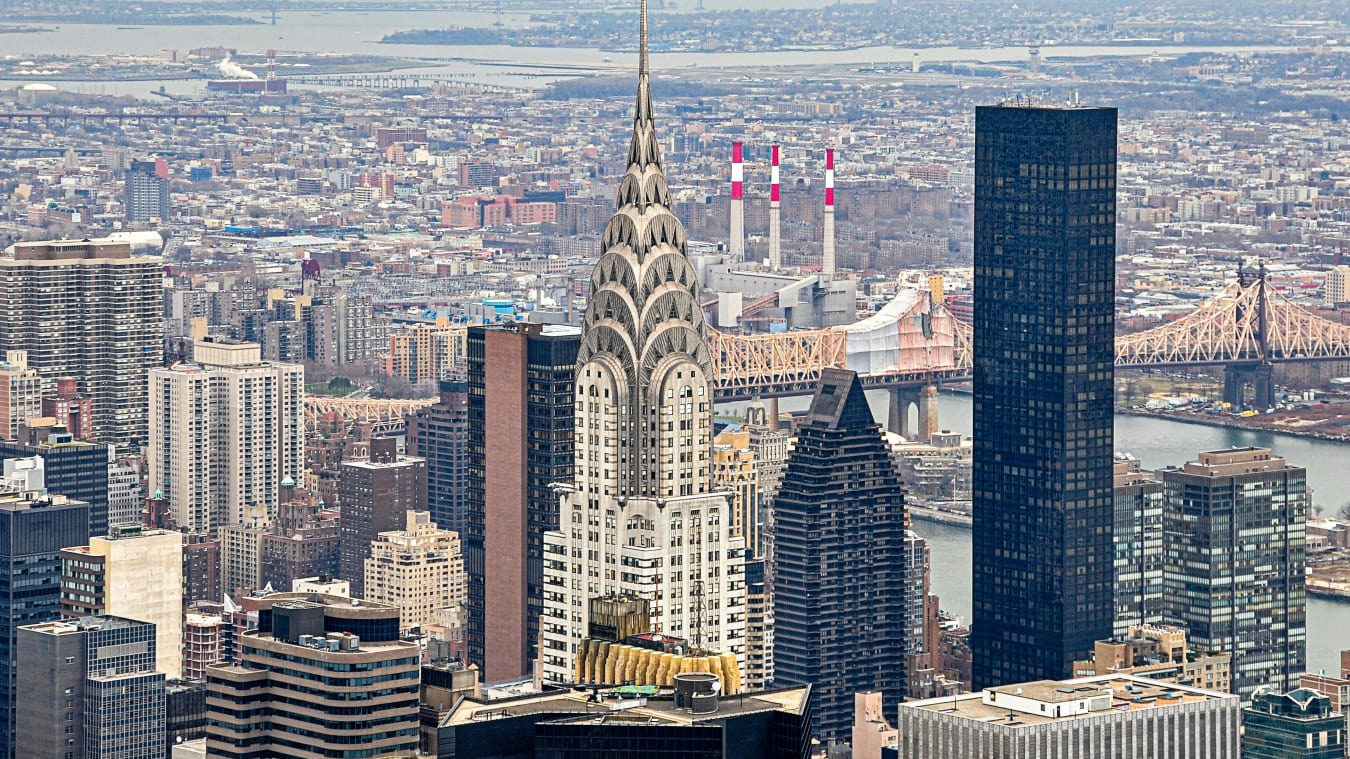
Visiting the Chrysler Building is feeling the pulse of a New York that dared and dreamed without limits. It is witnessing up close an Art Deco treasure that has survived the passage of time, keeping alive the promise that design can indeed be eternal.



